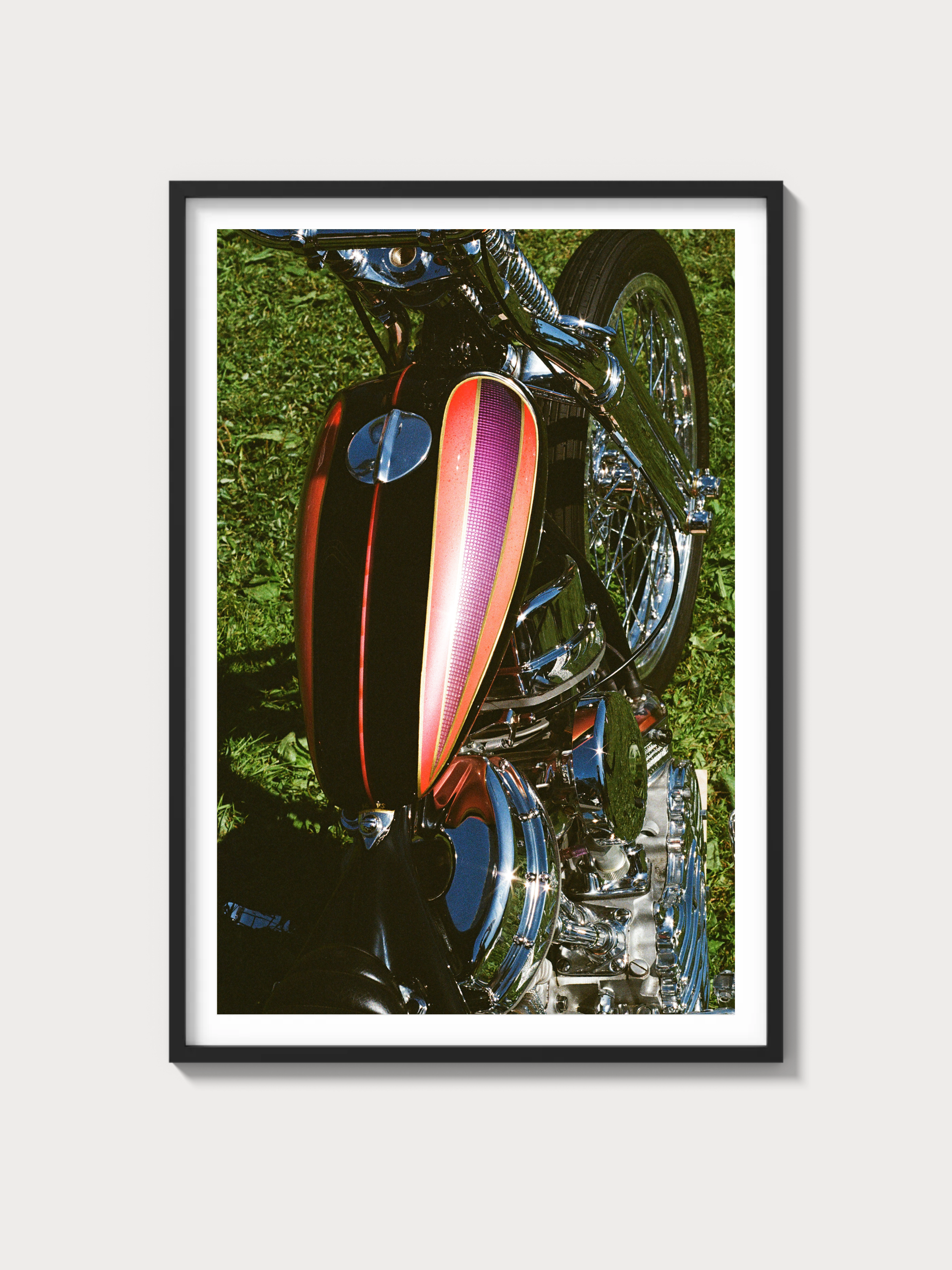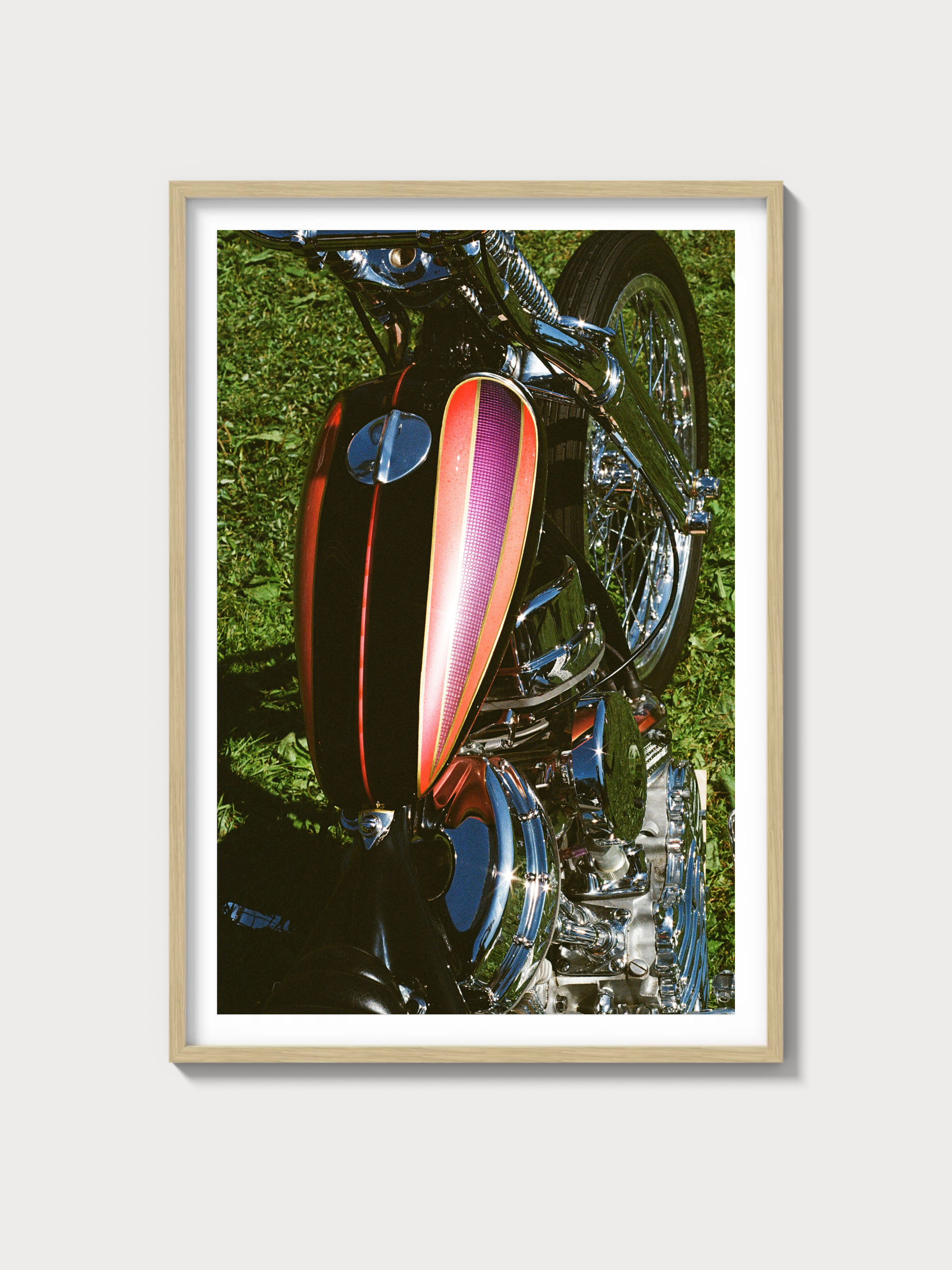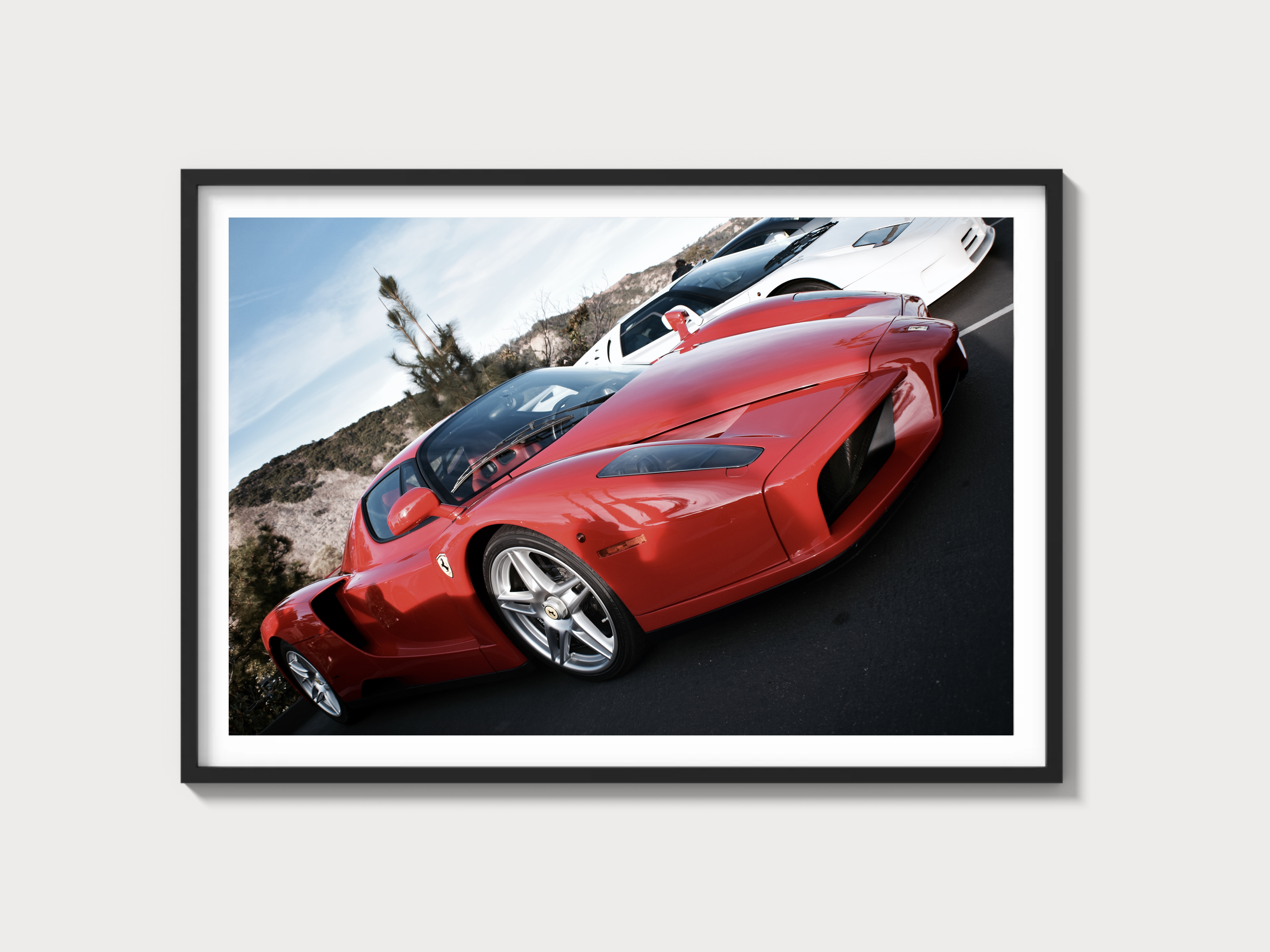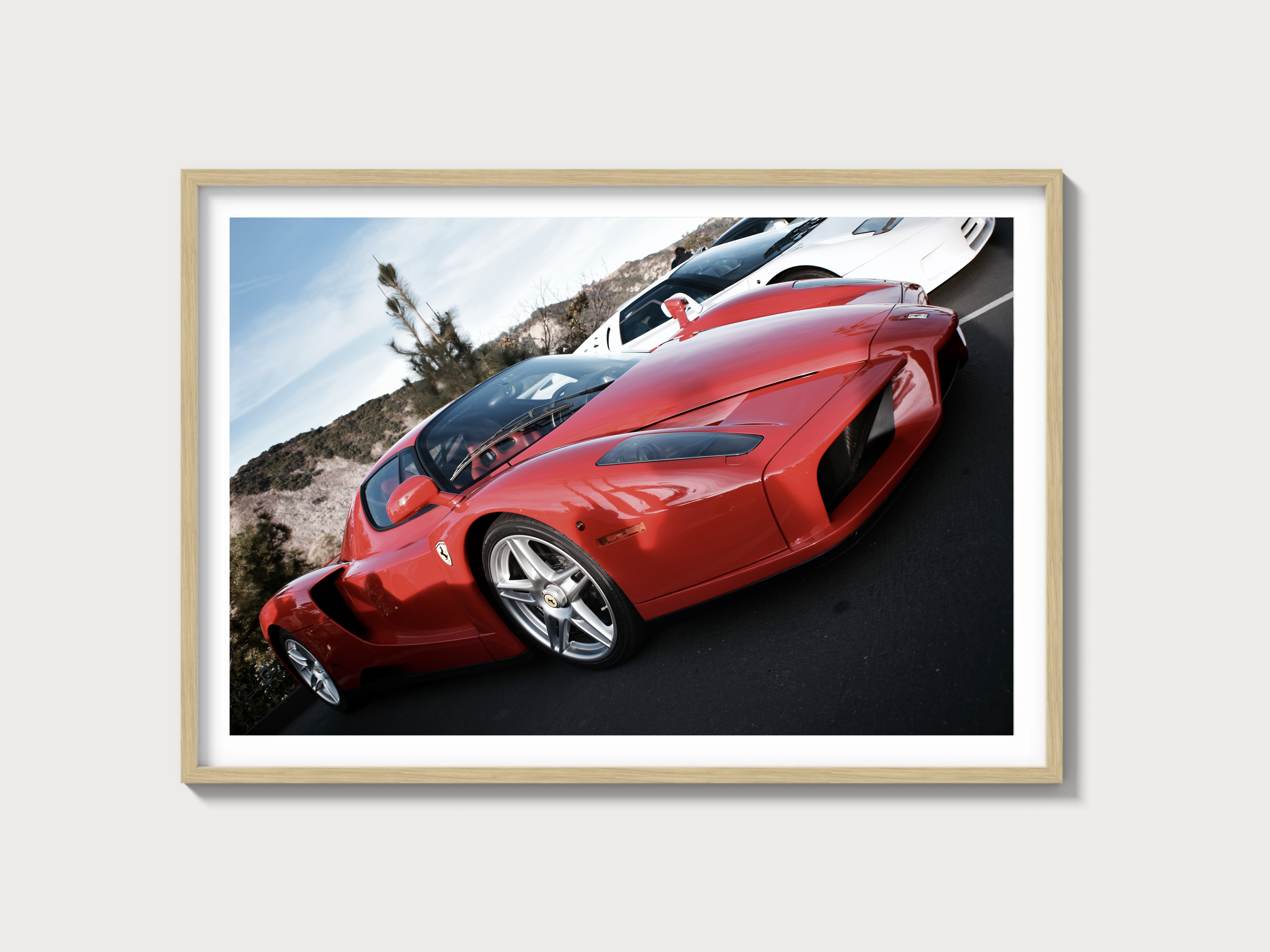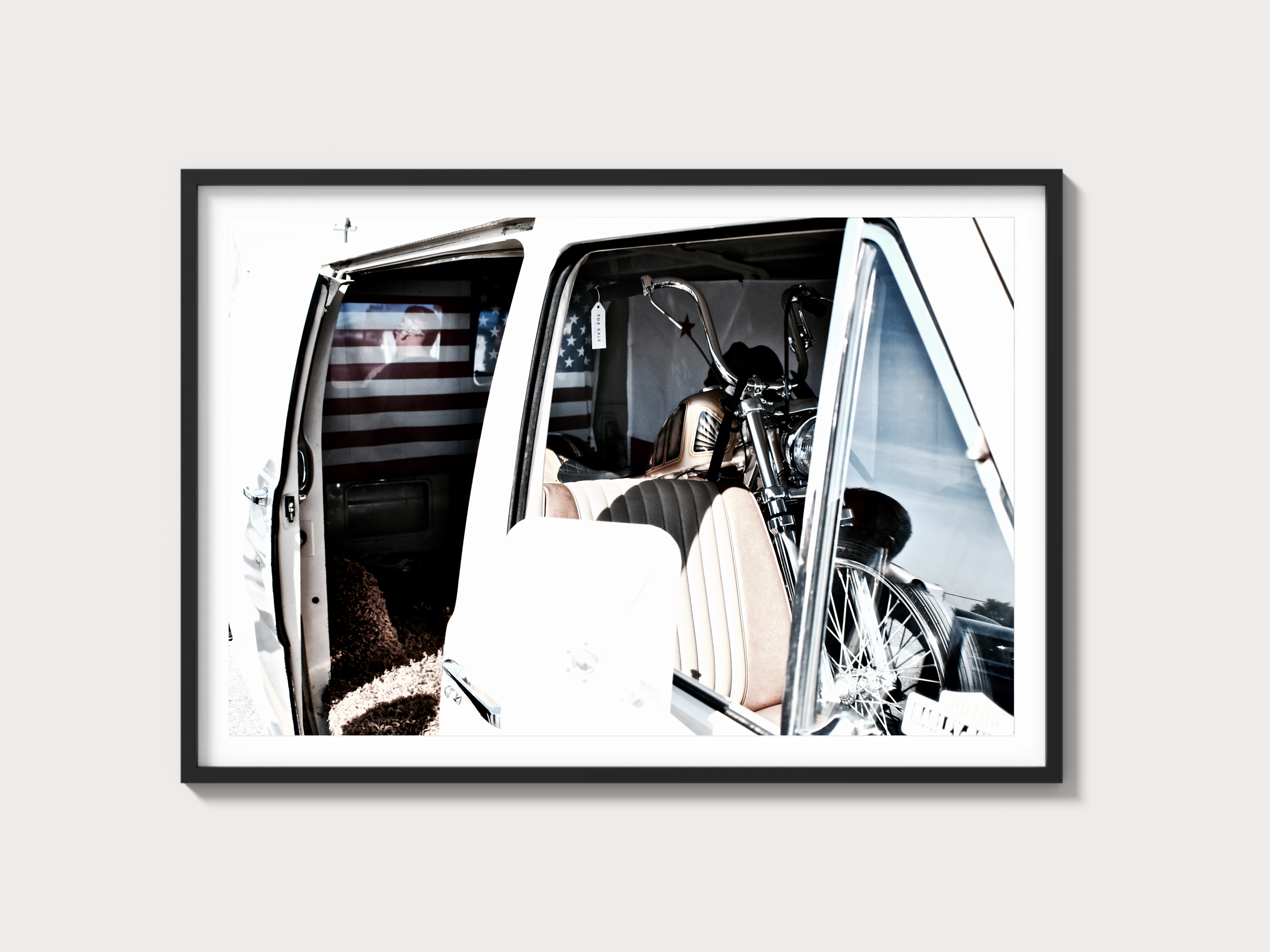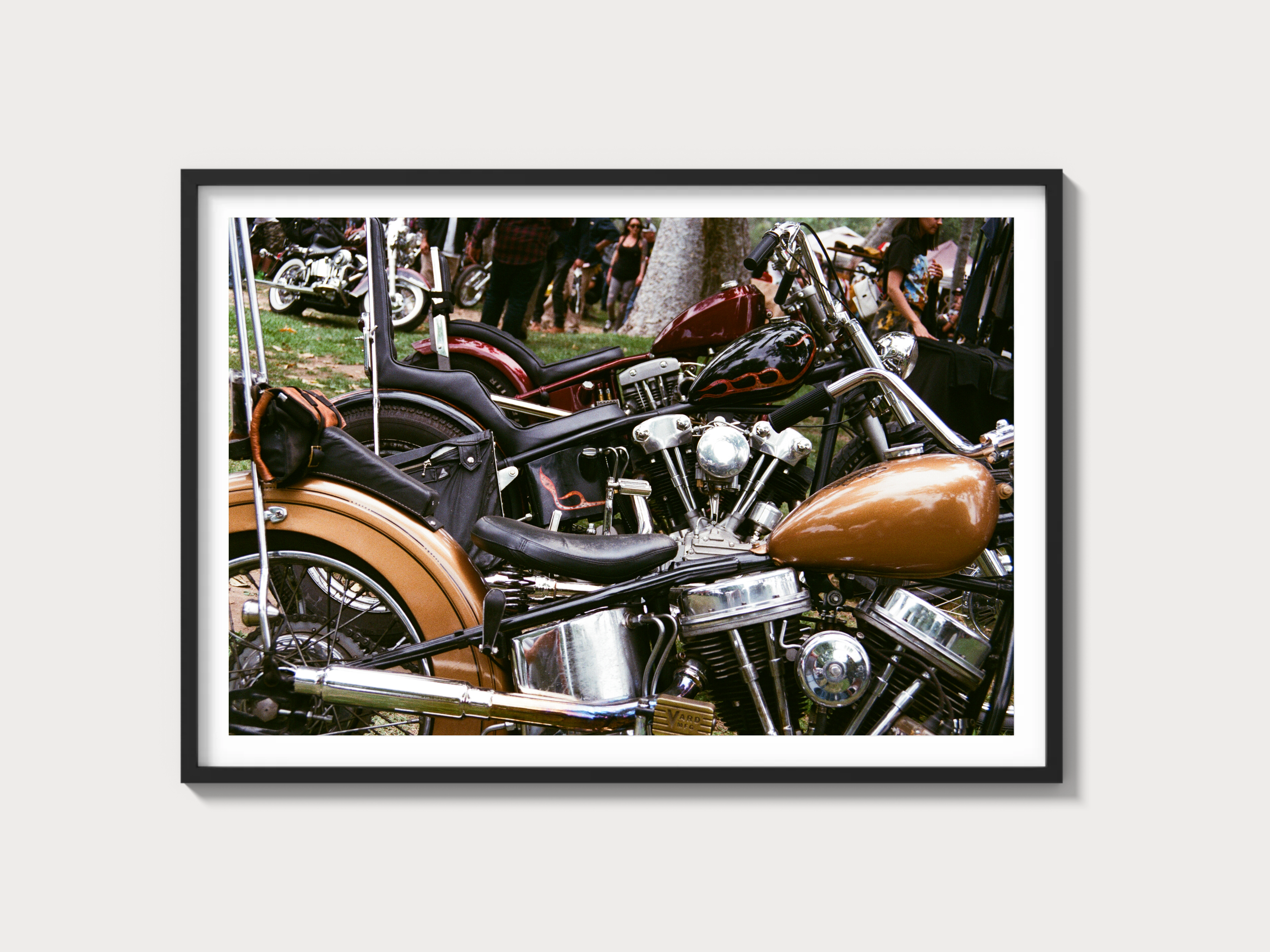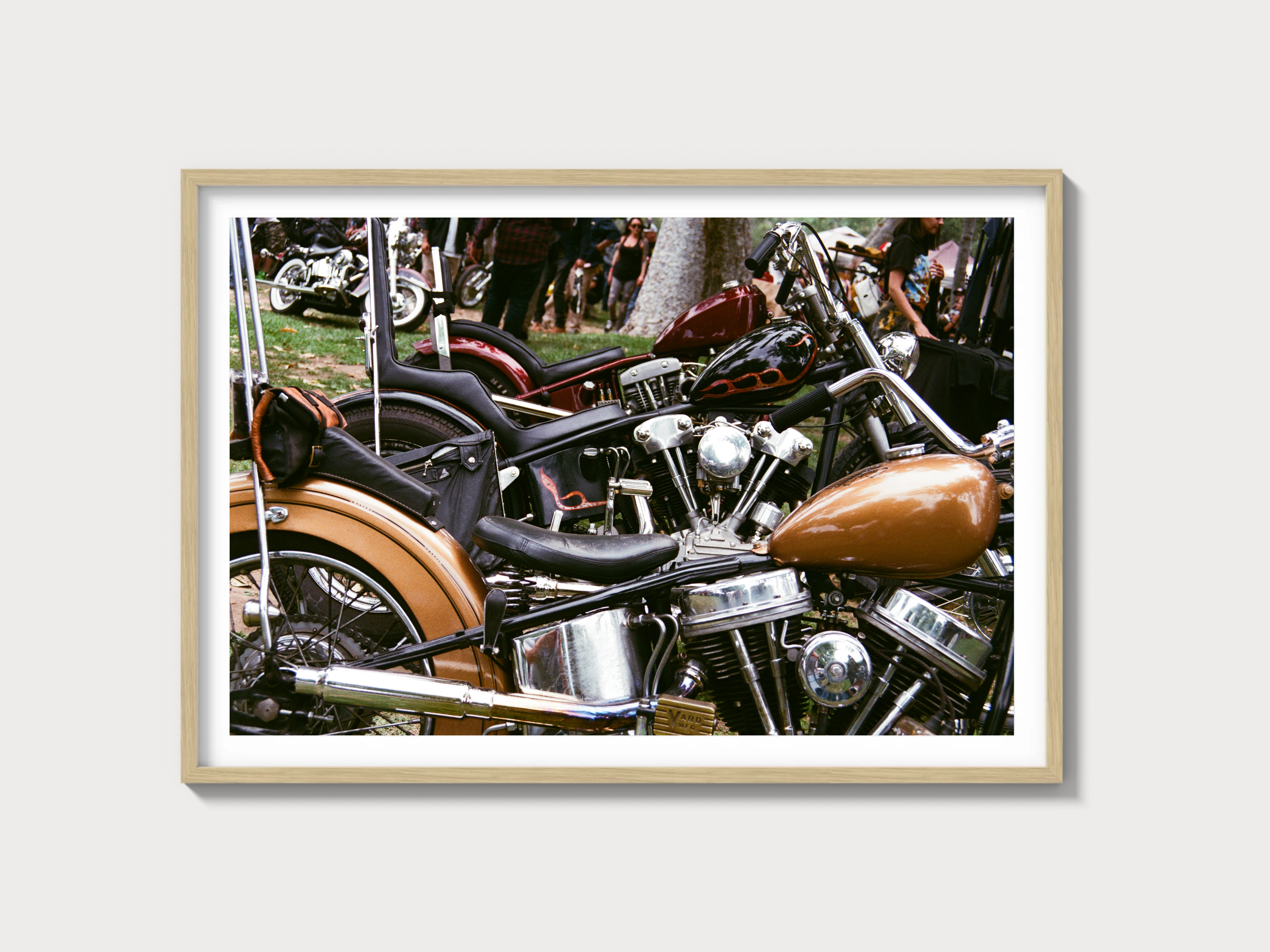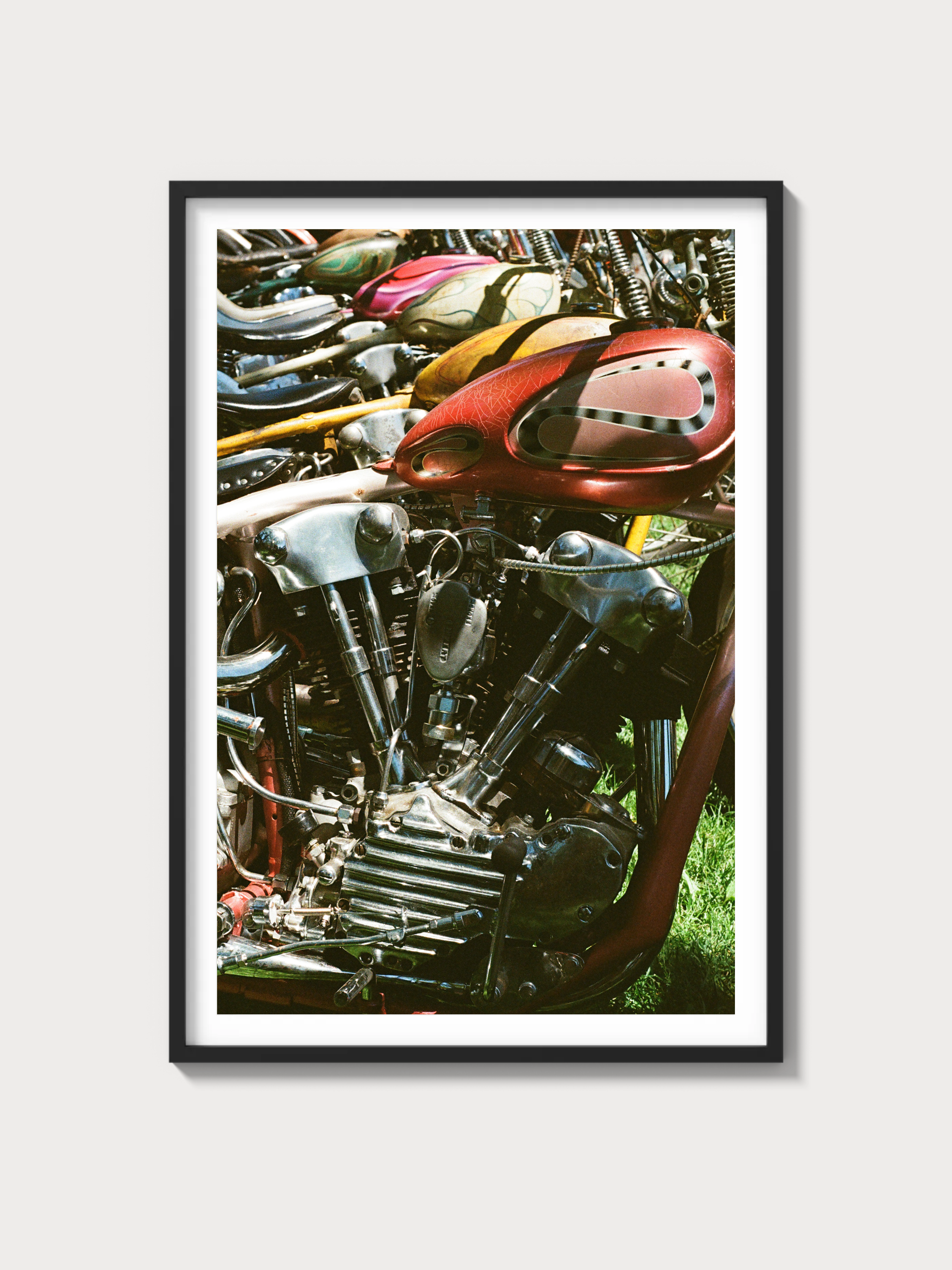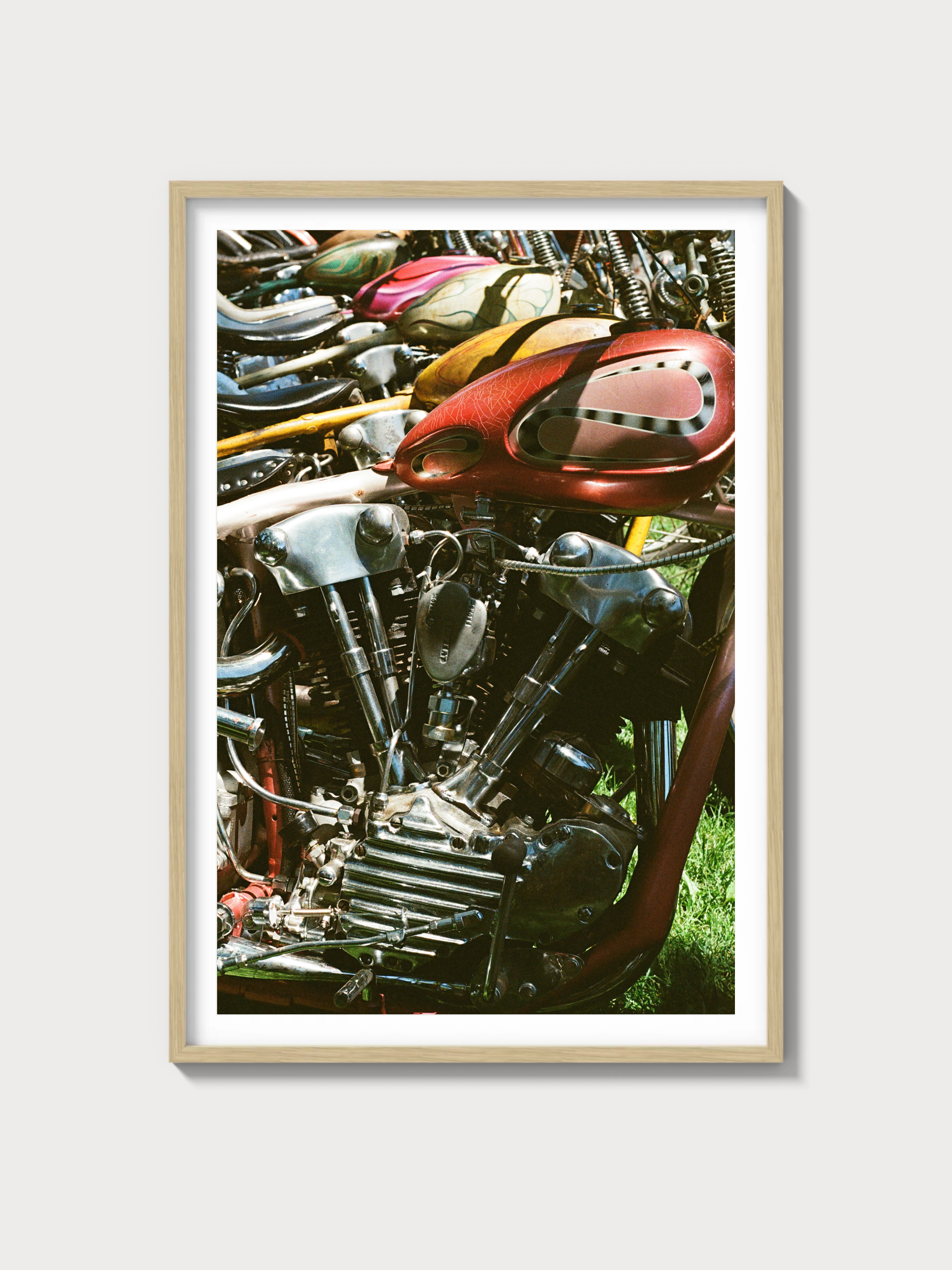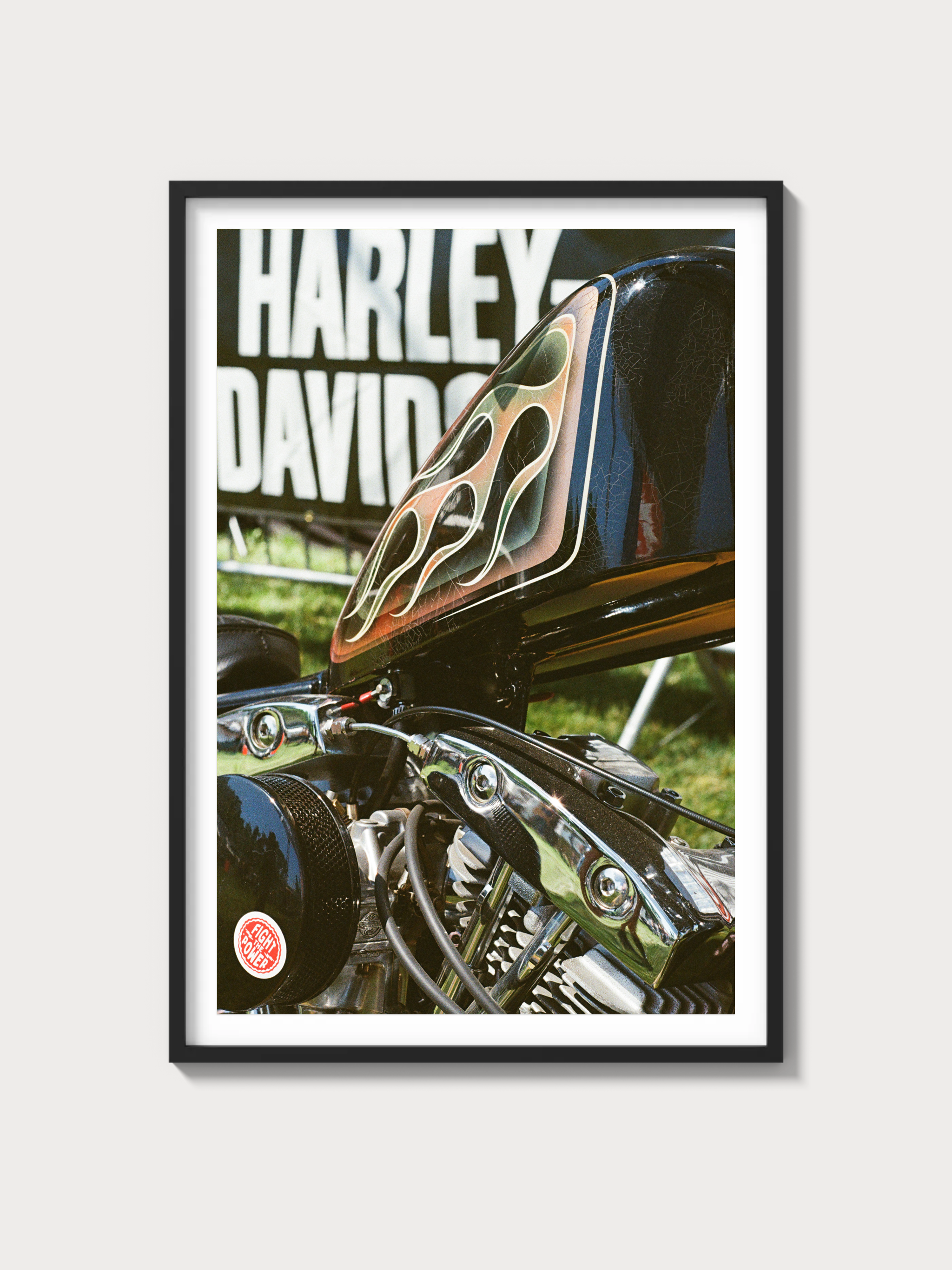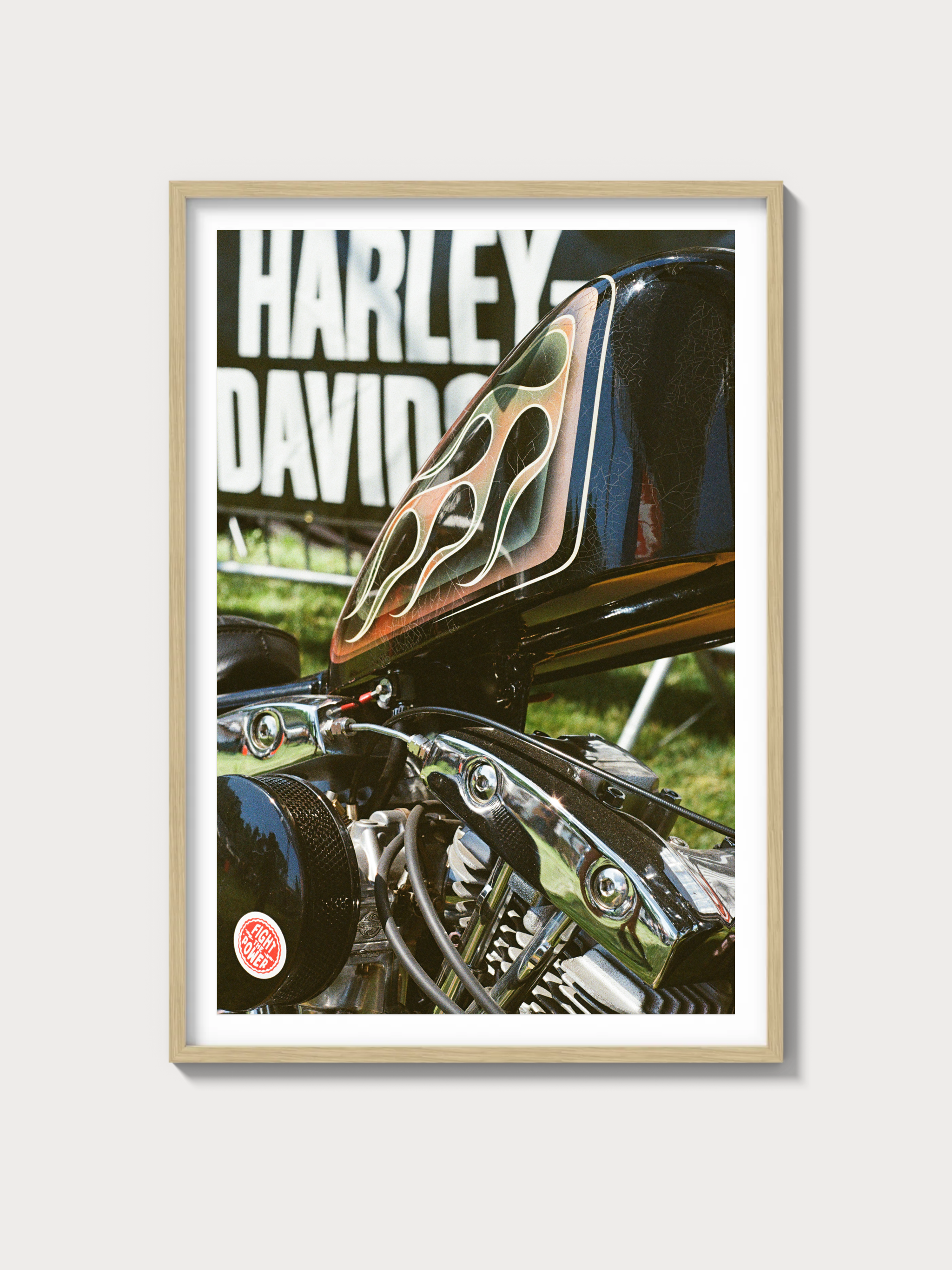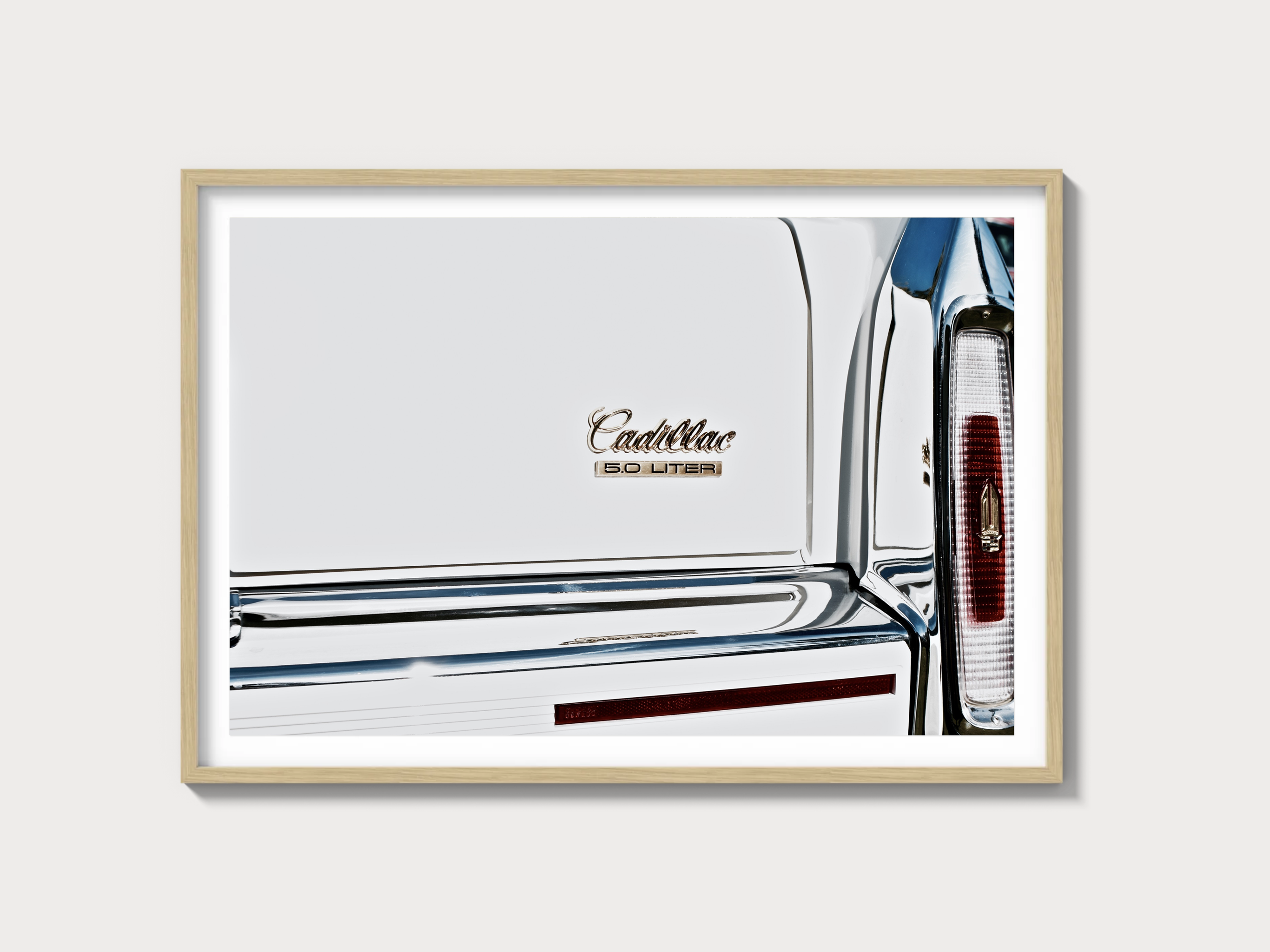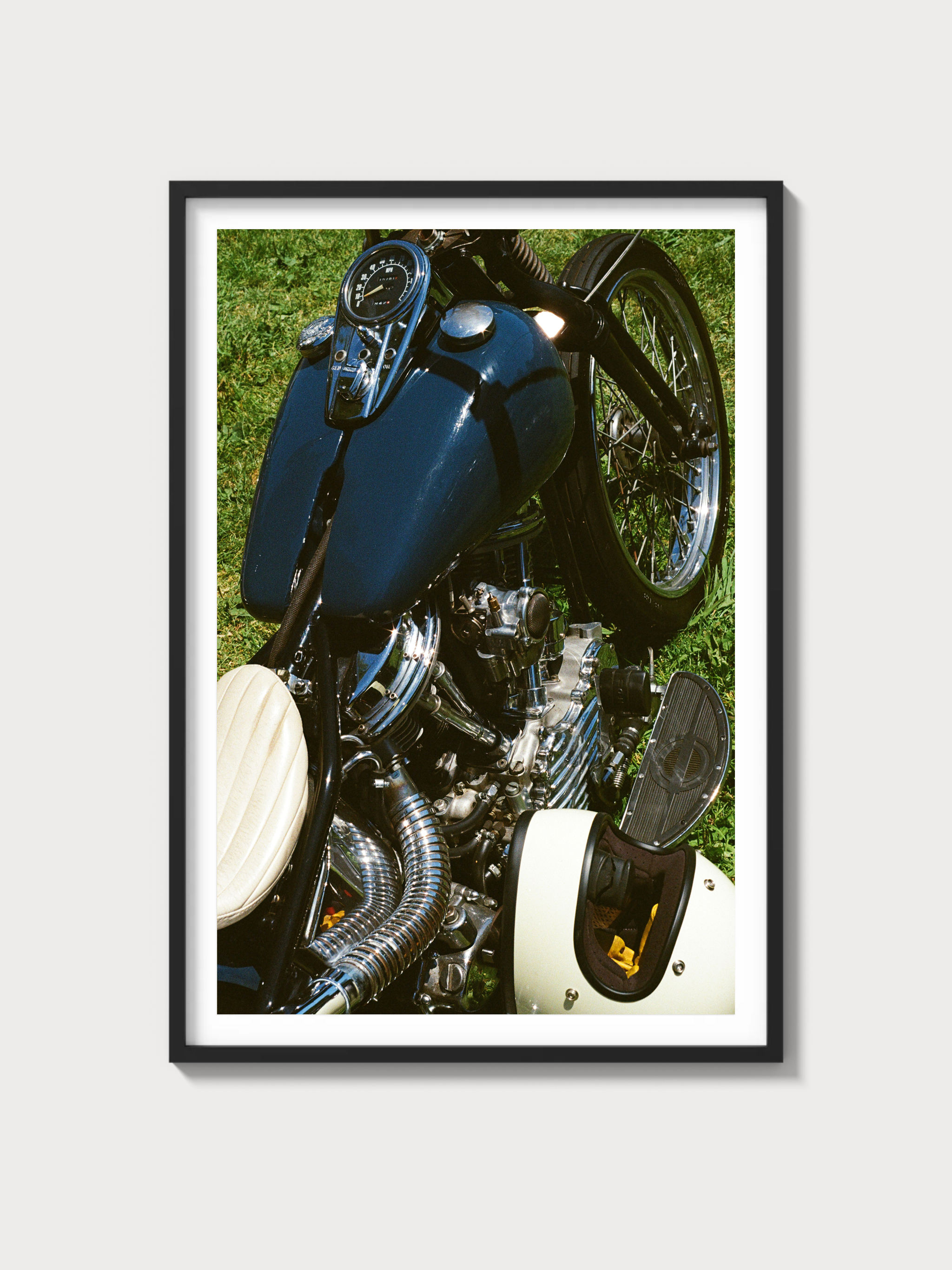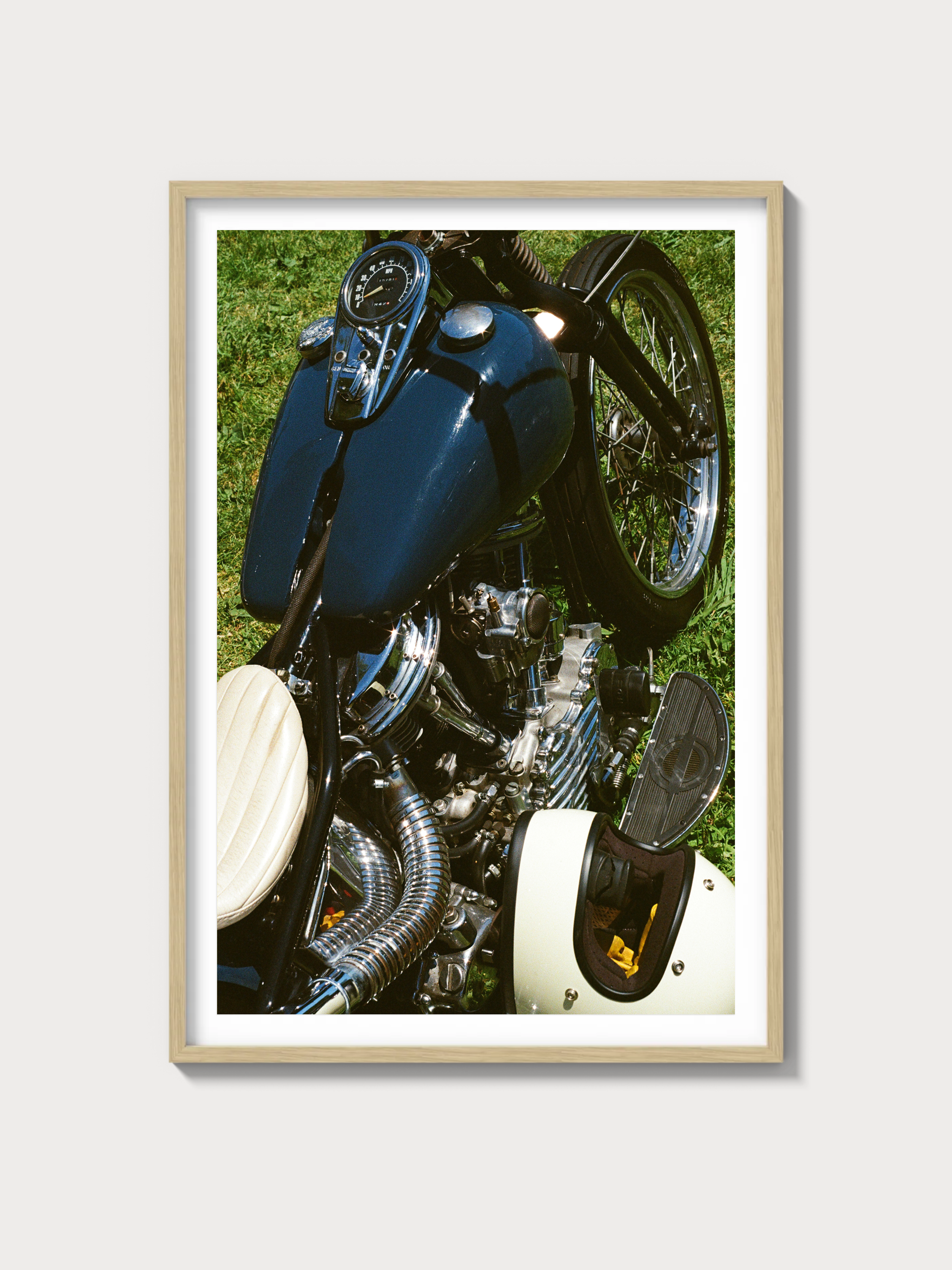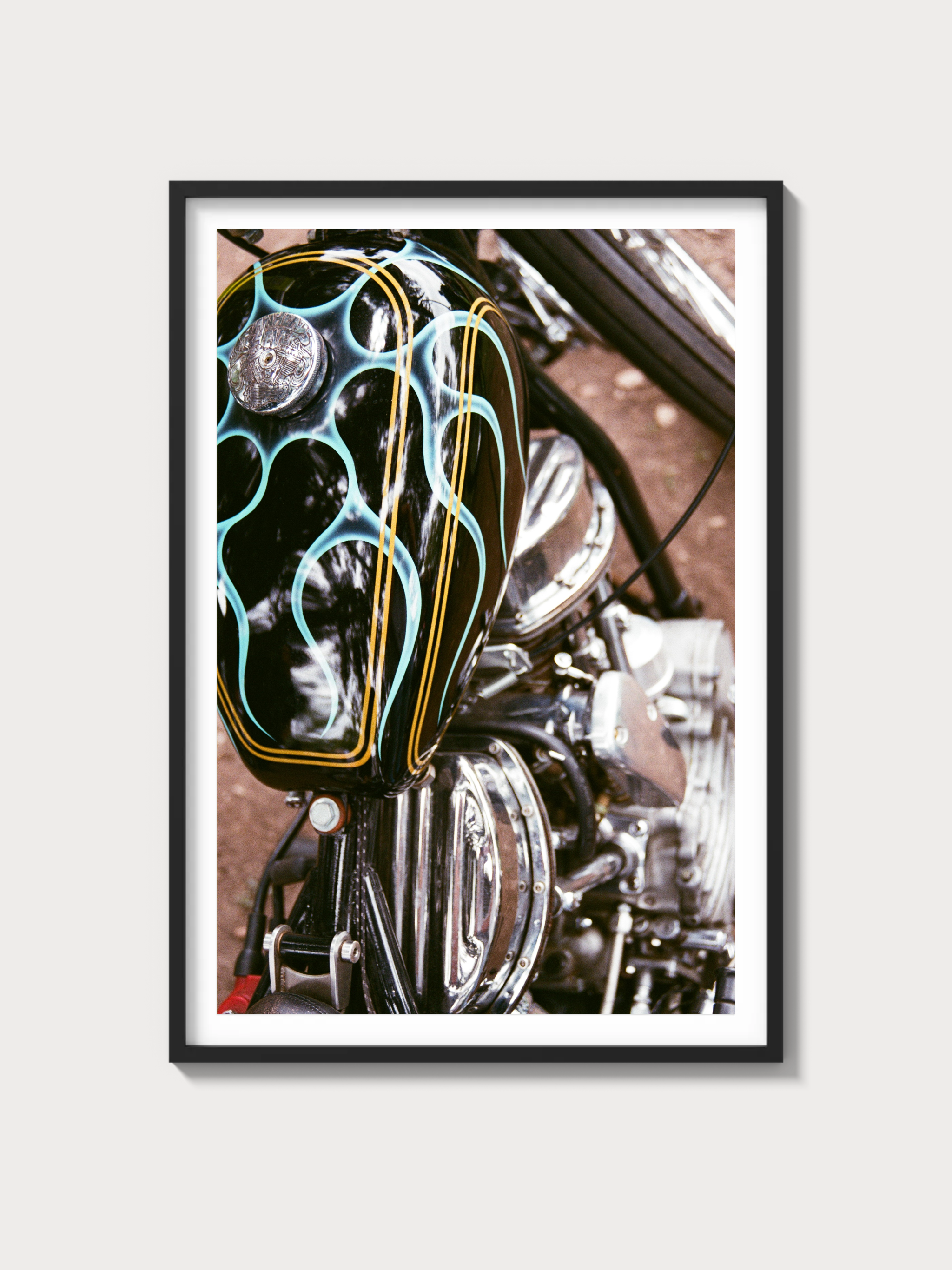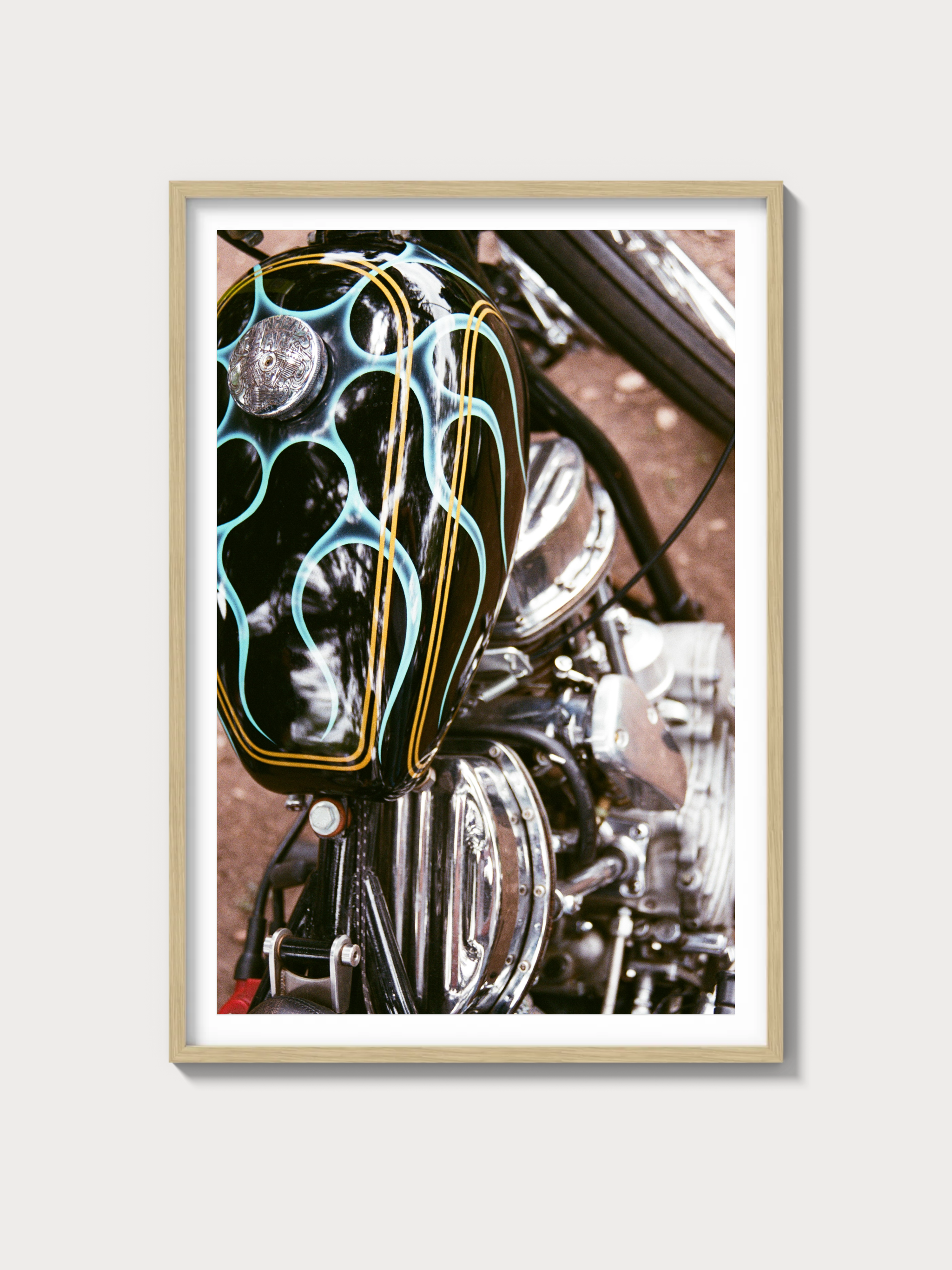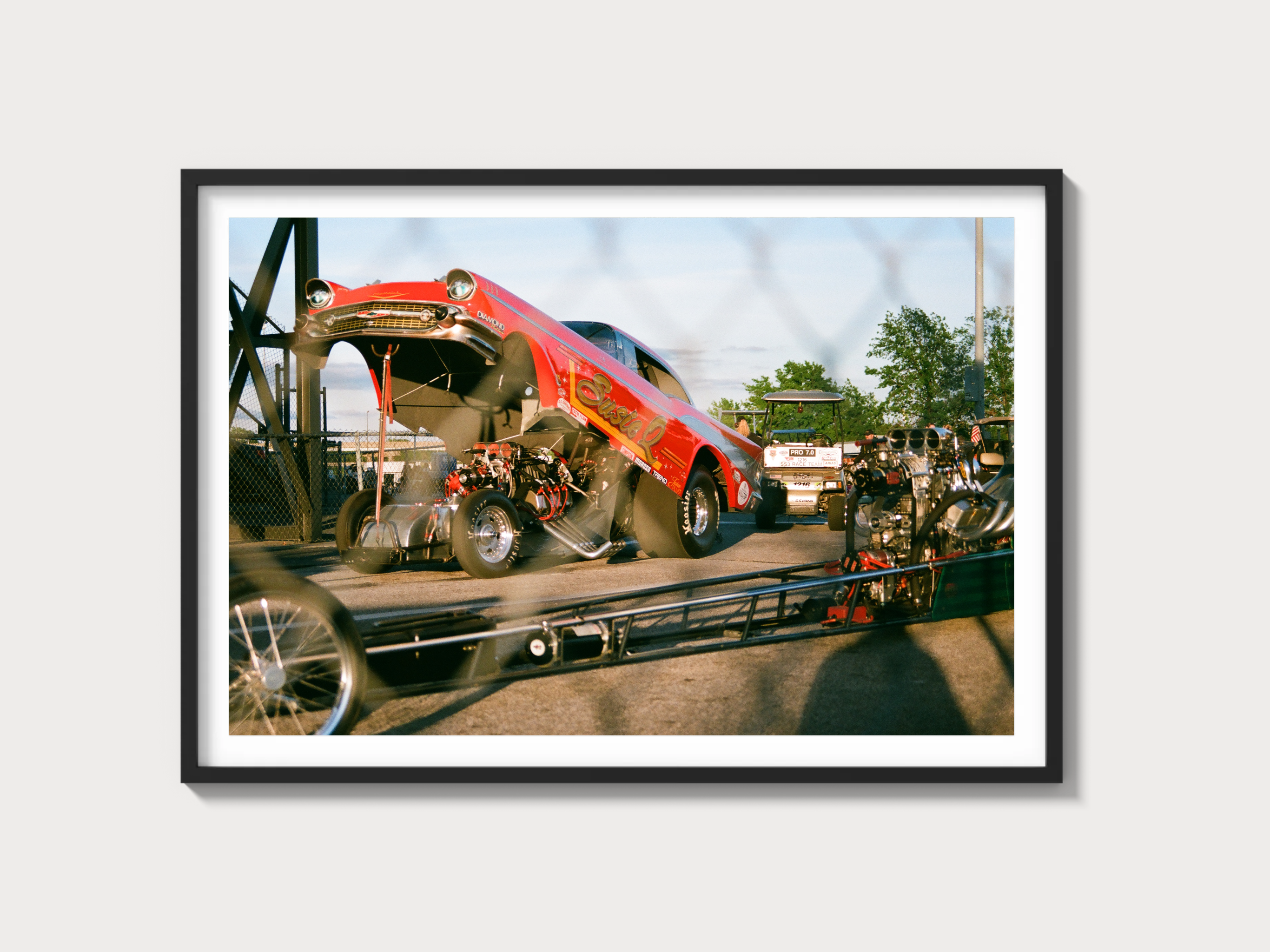1960–1964 Chevrolet Corvair Monza — First-Gen Icon, From Bucket-Seat Trendsetter to Turbocharged Pioneer
Historical context and development background
Few American compacts were as technically contrarian as the first-generation Chevrolet Corvair, and within that family the Monza badge became the commercial and cultural engine that made the project matter. Conceived under the engineering leadership of Ed Cole, the Corvair arrived for 1960 as a rear-engined, air‑cooled, horizontally opposed six-cylinder unibody—an approach aimed squarely at import buyers (think Volkswagen, Renault, Fiat) while countering domestic rivals like Ford Falcon, Plymouth Valiant, and Rambler American. The Monza package, introduced partway through the 1960 model year, layered a more upscale interior—bucket seats, carpeting, brightwork—onto the tidy shell. It struck a chord: by 1961, Monza volumes dominated the Corvair mix and nudged Ford and Plymouth to respond with Falcon Futura and Valiant Signet.
Styling evolved under Bill Mitchell’s GM Design, with the early cars’ clean, low cowl and slim pillars emphasizing compact European proportion more than Detroit bulk. The engineering team packaged an aluminum crankcase with iron cylinders and aluminum heads behind the rear axle, coupled to a unitized transaxle (3‑speed or 4‑speed manuals, or 2‑speed Powerglide). The suspension was fully independent, with unequal-length upper/lower arms up front and swing axles at the rear. For 1964, Chevrolet added a transverse rear leaf spring and recalibrated spring/bar rates to improve camber control and reduce the car’s much-discussed oversteer tendencies. Alongside, the optional Monza Spyder (1962–1964) brought America’s first series-production turbocharged engine to a wide audience—the 150 hp Turbo-Air Six—placing the Monza at the leading edge of forced-induction road cars well before it was fashionable.
Engine and technical specifications
The early Corvair powerplant evolved quickly. Displacement grew from 140 cu in in 1960 to 145 cu in for 1961–1963, then to 164 cu in for 1964. Induction ranged from dual single‑barrel Rochester carburetors to a draw‑through turbocharger with a Carter YH carb on the Spyder. All were air-cooled, fan-driven, with a flat cooling shroud and a belt arrangement unique enough to become folklore among owners.
| Specification | 1960 (Monza package added mid-year) | 1961–1963 (Monza) | 1964 (Monza) | 1962–1964 Monza Spyder (Turbo) |
|---|---|---|---|---|
| Engine configuration | Air-cooled OHV flat‑6 | Air-cooled OHV flat‑6 | Air-cooled OHV flat‑6 | Air-cooled OHV flat‑6, turbocharged |
| Displacement | 140 cu in (2.3 L) | 145 cu in (2.4 L) | 164 cu in (2.7 L) | 145/164 cu in (model-year dependent) |
| Horsepower (SAE gross) | 80 hp (base) | Up to 102 hp (high-compression) | 95 hp (std), 110 hp (opt) | 150 hp |
| Induction | Dual 1‑bbl Rochester carbs | Dual 1‑bbl Rochester carbs | Dual 1‑bbl Rochester carbs | Draw‑through turbocharger with Carter YH carb |
| Redline (typical) | ~4,800 rpm | ~5,200 rpm (102 hp) | ~5,200 rpm (110 hp) | ~5,000 rpm |
| Fuel system | Carbureted | Carbureted | Carbureted | Carbureted, turbo draw‑through |
| Compression ratio | ~8.0:1 (base) | Up to ~9.0:1 (102 hp) | ~8.25:1 (95), ~9.25:1 (110) | ~8.0:1 |
| Bore x Stroke | 3.375 in x 2.60 in | 3.44 in x 2.60 in | 3.44 in x 2.94 in | As per corresponding NA engine |
Driving experience and handling dynamics
A good Monza is about delicacy rather than brute force. The flat‑six has a turbine-smooth midrange and a distinct air‑cooled thrum. With dual singles properly synchronized, throttle response is crisp, and the light flywheel effect on the higher‑tune engines (102/110 hp) lends eagerness as the needle sweeps toward five grand. The 4‑speed manual—introduced early in the run and widely specified on Monzas—provides a positive, short throw by period standards, while Powerglide suits the engine’s torque plateau if you prefer a relaxed gait.
Chassis balance is the Corvair’s calling card. The early swing‑axle rear demands sensible pressures (Chevrolet specified a front–rear split with lower front pressures) and smooth inputs; drive it correctly and the car feels light and adjustable, with a communicative steering box and a small, unassisted wheel that’s alive on center. For 1964, the added transverse rear leaf, revised rates, and a stouter front bar mitigate camber wind‑up and curb some of the snap oversteer that critics seized upon. Drum brakes (with optional metallic linings) are period‑adequate when maintained, and the unassisted system rewards early, measured inputs on a mountain descent.
Full performance specifications
| Metric | Monza (80–95 hp) | Monza (102/110 hp) | Monza Spyder (150 hp turbo) |
|---|---|---|---|
| 0–60 mph (period tests) | ~18–16 s | ~16–14 s | ~11–10.5 s |
| Quarter‑mile (period tests) | ~20–19.5 s | ~19–18.5 s | ~18–17.5 s |
| Top speed | ~88–92 mph | ~94–99 mph | ~102–105 mph |
| Curb weight (typical) | ~2,300–2,450 lb | ~2,400–2,550 lb | ~2,500–2,600 lb |
| Layout | Rear‑engine, rear‑wheel drive | Rear‑engine, rear‑wheel drive | Rear‑engine, rear‑wheel drive |
| Brakes | Drum F/R (optional metallic linings) | Drum F/R (optional metallic linings) | Drum F/R (optional metallic linings) |
| Suspension (front) | Double wishbone, coil springs, anti‑roll bar (’64 larger) | Double wishbone, coil springs, anti‑roll bar (’64 larger) | Double wishbone, coil springs, anti‑roll bar (’64 larger) |
| Suspension (rear) | Swing axles, coil springs; ’64 adds transverse leaf | Swing axles, coil springs; ’64 adds transverse leaf | Swing axles, coil springs; ’64 adds transverse leaf |
| Gearbox | 3‑spd manual or 2‑spd Powerglide | 4‑spd manual widely available; Powerglide optional | 4‑spd manual standard fitment on most Spyders |
Variant breakdown (1960–1964 Monza family)
The Monza nameplate covered multiple body styles and the notable Spyder performance package. Selected documented production figures are included below; totals vary by year and body, and Chevrolet’s published records distinguish certain options (e.g., Spyder) separately from base Monza trims.
| Variant | Years | Selected production figures | Key differences | Market notes |
|---|---|---|---|---|
| Monza Club Coupe (2‑door) | 1960–1964 | 1960: 11,926 built (Monza package, late introduction); 1961: 144,196 built (club coupe) | Bucket seats, upgraded trim, full carpeting, Monza badges; NA flat‑six in various states of tune | Core Monza volume model; spurred competitors’ "sporty" compact trims |
| Monza Sedan (4‑door) | 1961–1962 | Produced in significant numbers (model-year totals published by Chevrolet; varies by source) | Monza interior/badging in practical 4‑door shell; NA engines as per lineup | Appealed to buyers wanting Monza trim with family usability |
| Monza Convertible | 1962–1964 | 1962: 31,206 Monza convertibles (documented); additional volumes in 1963–1964 | Power top optional; structural stiffening; Monza trim; NA engines (and Spyder where specified) | One of the most collectible early Corvairs |
| Monza Spyder Coupe (Turbo) | 1962–1964 | 1962: 6,894 (coupe; Spyder option introduced); 1964: 6,480 (coupe) | 150 hp turbo, boost gauge, special instrumentation, Spyder badging, heavy‑duty suspension/axle ratios | Among the earliest mass‑market turbocharged American cars |
| Monza Spyder Convertible (Turbo) | 1963–1964 | 1964: 4,761 (convertible); 1963 volumes also documented | As Spyder coupe, with convertible body; 4‑spd common | Highly prized among collectors |
Ownership notes: maintenance, parts, restoration
- Engine and cooling: The belt-driven fan is unique; correct belt routing and tension are critical. Many owners keep a spare belt and a 9/16-inch wrench in the car. Chevrolet’s later lightweight fan and the 1964 harmonic balancer reduce belt distress and high‑rpm harmonics.
- Oil leaks and seals: Original pushrod‑tube O‑rings harden with age; modern Viton replacements are a durable fix. Valve cover gaskets and rear main seals are also common seep points.
- Carburetors: Dual Rochester singles require balance and choke setup; vacuum leaks at the balance tube or base gaskets can mimic carb faults. The turbo’s Carter YH needs meticulous float and enrichment settings for clean transitions.
- Ignition: Points, condenser, and cap/rotor are routine service items. Many fit a breakerless module inside the stock distributor for reliability while retaining the period look.
- Transaxle and bearings: Rear wheel bearings (’60–’64) and universal joints deserve inspection for noise or play; packed correctly they last well. Powerglide is robust if fluid is kept fresh and the shifter cable is healthy.
- Suspension and alignment: Correct front–rear tire pressures are essential. 1964’s transverse leaf and revised rates are worthwhile upgrades for earlier cars if authenticity isn’t paramount.
- Rust: Rocker panels, lower windshield pillars, battery tray, front trunk floor, and rear wheel arches are hot spots. Convertible-specific sills need close scrutiny.
- Parts support: Excellent, with multiple specialists supplying new‑old‑stock, reproduction, and upgrade components; consumables and interior trim are widely available.
- Service intervals (period-typical): Engine oil every ~3,000 miles; ignition tune every ~12,000 miles; belt inspection at each service; transaxle/differential lubricant checks annually; brake adjustment/shoe inspection regularly.
- Restoration difficulty: Mechanically approachable—engine drops as a unit, and the air‑cooled flat‑six is compact. Body and trim work can dominate budgets on convertibles or rusty shells.
Cultural relevance and competition
The Monza’s bucket seats and brightwork reframed the American compact as something aspirational, reshaping showroom logic across Detroit. The Spyder’s turbocharger made headlines, and Corvairs—Monzas in particular—populated club racing grids and rallies. John Fitch’s dealer‑delivered Fitch Sprint conversions leveraged the Monza chassis with suspension tuning and subtle engine tweaks, turning them into tidy New England road course weapons. The model’s reputation became entangled in the public debate over swing‑axle handling after the publication of Ralph Nader’s "Unsafe at Any Speed"; Chevrolet’s 1964 suspension revisions directly addressed the concerns for the first‑generation cars.
Collectability favors well‑optioned Monza convertibles, clean 4‑speed coupes, and original‑spec Spyders with intact turbo hardware and instrumentation. Period‑correct colors and trim codes matter, and documented cars have achieved strong five‑figure results at major auction houses depending on provenance, condition, and specification.
FAQs
How reliable is the early Corvair Monza flat‑six?
Well‑maintained engines are durable. Keep the cooling system (belt, fan, shrouds) correct, adjust/clean the dual carbs, and fix aged pushrod‑tube seals. Many cars benefit from modern Viton O‑rings, electronic ignition, and a fresh belt.
What’s the difference between 1960–1963 and 1964 engines?
Displacement grew from 140 cu in (1960) to 145 cu in (’61–’63) primarily via bore, then to 164 cu in (1964) by increasing stroke. The 1964 lineup added a 95 hp base and a 110 hp option; the Spyder remained a 150 hp turbo.
Did Chevrolet fix the swing‑axle handling issues?
For 1964, yes—Chevrolet added a transverse rear leaf, retuned rates, and a larger front bar. Proper tire pressures and alignment are essential on all years.
How quick is a Monza Spyder?
Period tests recorded roughly 0–60 mph in about 11 seconds with a top speed around 105 mph, assuming a healthy engine and correct boost control.
Which gearbox suits the car best?
The 4‑speed manual complements the engine’s character and makes the most of the 102/110 hp and Spyder tunes. Powerglide is smooth and reliable but blunts acceleration.
Known problem areas?
Oil leaks at pushrod tubes, carb balance and vacuum leaks, aging rubber fuel lines, rear wheel bearings on neglected cars, and rust in structural sills (especially convertibles). Belt throw can occur if pulleys are misaligned or tension is wrong.
Value trends and desirability?
Monza convertibles and original Monza Spyders command the strongest interest. Condition, originality, and documentation drive price more than model year alone.




